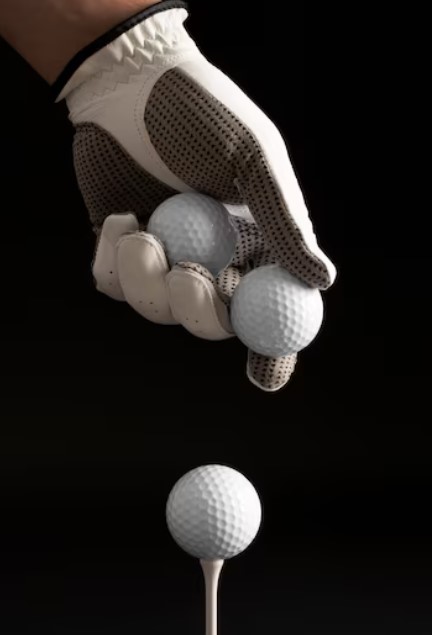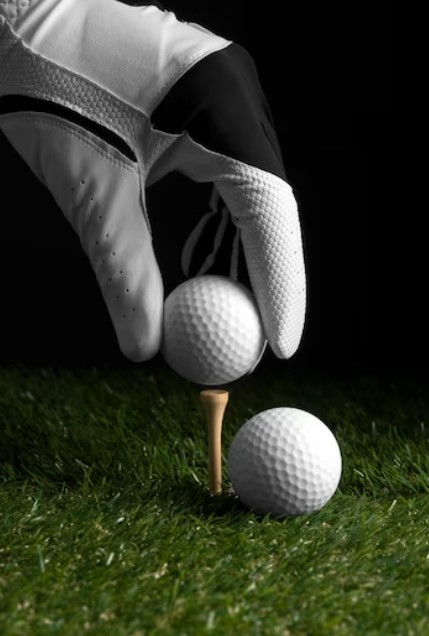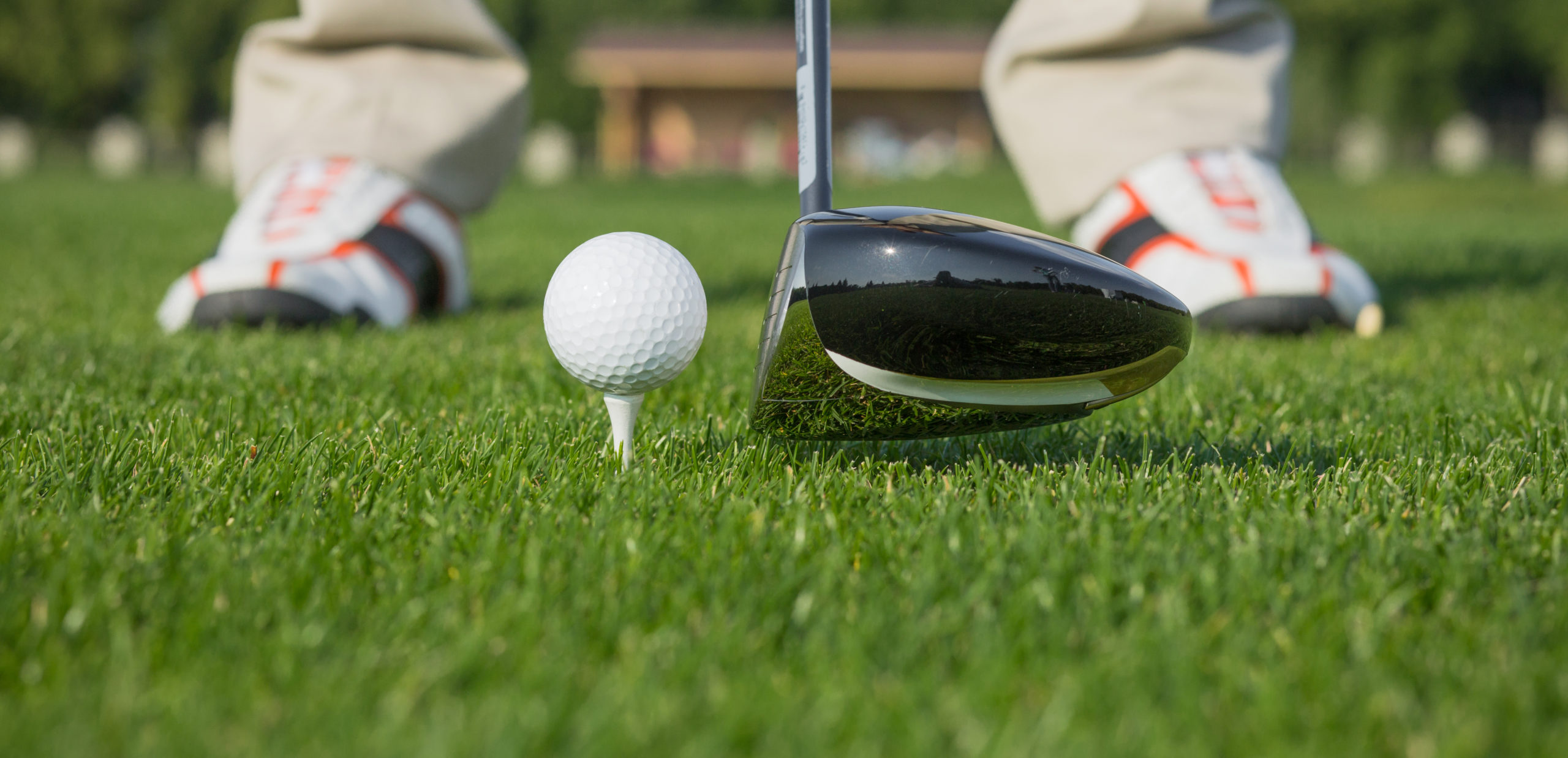Imagine a golf course centuries ago — the game looks familiar, but the golf ball? A whole different story. The history of the golf ball is a fascinating saga of innovation, experimentation, and even a bit of alchemy. It is a tale of how a simple sphere evolved to revolutionize the game of golf.


The humble beginnings
Before modern materials revolutionized golf, the earliest golf balls were crafted from wood. These early versions were harsh and often uncomfortable to strike. They display unpredictable flight paths that test the golfer’s skill and composure.
Players faced additional challenges with these wooden balls, as they were prone to splitting or warping, further complicating the game.
Featheries
The creation of the ‘featherie’ marked a significant advancement in golf ball technology. The elaborate process involved moulding wet leather into a ball shape, filling it with soft, boiled feathers, and then sealing it with stitches.
As the leather dried, it contracted, compressing the feathers inside. The result was a ball that flew more predictably than its wooden predecessor. Still, they were expensive and delicate, not enduring water well.
The gutta-percha revolution
The advent of the gutta-percha balls revolutionized the game. These balls were more resilient and cost-effective than the featheries and offered superior performance.
Golfers discovered that used balls with nicks and cuts had better aerodynamics. This discovery led to intentionally patterning the ball’s surface, laying the groundwork for the modern dimpled design.
Modern golf ball
With its rubber core and wound thread construction, the Haskell ball ushered in the contemporary age of golf balls. This design greatly enhanced the ball’s flight distance and longevity.
Additionally, introducing the dimple pattern on these balls was a vital innovation. It aids in stabilizing their flight and enhancing their aerodynamic properties.
Technological advancements
In the last few decades, golf balls have undergone significant technological transformations. Today’s manufacturers explore various materials and structures. They range from simple two-piece balls ideal for novices to complex multi-layered designs that give advanced players superior control and performance.
Today’s golf balls are products of extensive research and development, with customization options for different playing styles and conditions.
Conclusion
From wooden orbs to sophisticated spheres, the golf ball’s journey mirrors golf’s evolution and cultural impact. It is a story of continuous improvement and adaptation, reflecting the game’s and its players’ undying spirit. Next time you are on the course, remember that each shot is backed by centuries of innovation and history.
Are you curious about how these historical developments influence your game? Try playing with different types of golf balls and feel the evolution in your own hands! Whether you are a casual golfer or a seasoned pro, appreciating the history can add a new layer of enjoyment to your game.
How have golf balls evolved over time?
Golf balls have undergone significant transformations throughout history. From the featherie and gutta-percha eras to the modern era of multilayered constructions, the materials and designs have evolved for improved performance.
What is the featherie golf ball, and when was it used?
The featherie was an early golf ball made from leather and stuffed with feathers. It was popular in the 17th and 18th centuries before the introduction of more durable materials.
When did the gutta-percha golf ball become popular?
The gutta-percha ball gained popularity in the mid-19th century. It was made from the sap of the gutta-percha tree and represented a more durable and affordable alternative to the featherie.

